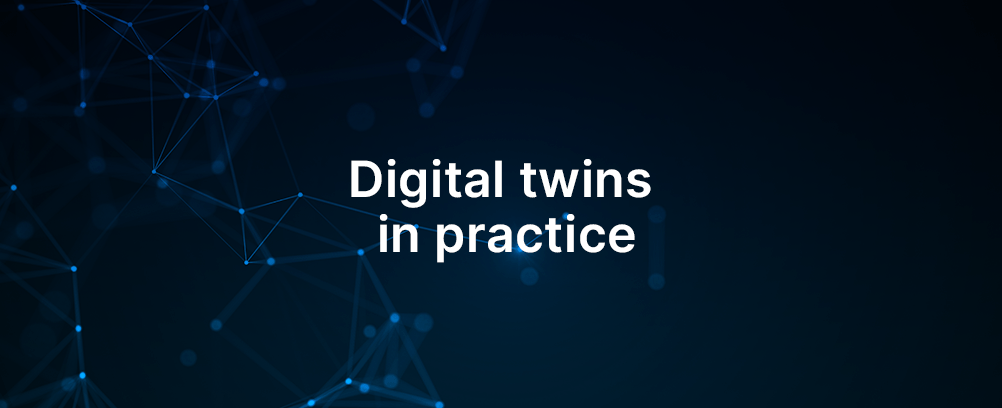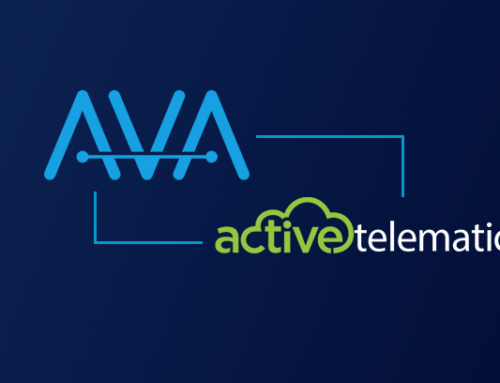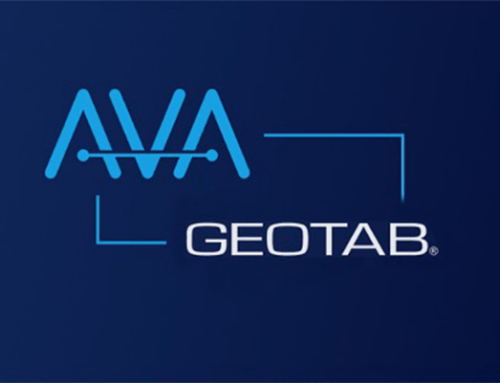An article by Jonathan du Preez, our head of International Operations.
One of my most frequently asked questions is how do you implement digital twins into a mining operation, without increasing costs or complexities? The simple answer is piece by piece.
I was recently invited to speak at the Coal Summit virtual conference, hosted by Indonesia Miner, and took the opportunity to discuss digital twins and how to go about implementing this tech into your mining operation.
If you’d prefer to watch the video please see below:
Here are a few key insights
We have identified 5 building blocks to help create your digital twin in a cost-effective and simple manner:
- Utilize cost-effective, off the shelf hardware
- Utilize existing communication infrastructure
- Gather data automatically and limit manual user input
- Leverage cloud computing
- Create effective data structures and utilize existing analytics tools
By undertaking the creation of digital twins in certain sections you can implement a system that affects crucial aspects of the mining value chain. We at AVA Solutions recommended always starting at the production and transport of the value chain, as this is a costly link in the chain and offers the largest room for improvement.
Looking at the transport and production sector, we’ve identified the attributes that will best benefit your integration and creation of a digital twin. These attributes can be divided into three categories with each having its own attributes.
Assets
- Real-time asset location
- Asset analysis
Process
- Comprehensive-time model
- Production tonnes and volumes
- Production cycles analysis
- Delay event analysis
People
- People analysis
With the power of oversight on a section of your operation, you are able to identify problems and build a solution to ultimately solve issues and create opportunities for future success.
Below we’ve listed a few of the key points of interest that can measure the success of a digital twin in the transport and production sector:
- Truck dumping and filling time
- Truck time full and empty
- Cycle and operational delays
- Operator performance
These key points create valuable data that can help create a mining operation that is efficient, safe, and cost-effective.
With digital twins already having a firm footing in the mining sector, we’ve sourced a few statistics from mining operations that have implemented digital twins into portions of their operation:
Exxaro (coal mine)
- Exxaro has implemented a digital twin into their load and haul operation and has seen a 33% increase in their production. This was achieved by simply having more visibility of their operation and helping identify and rectify bottlenecks in their value chain.
Afrisam (aggregate producer)
- $67 000 cost reduction per annum
- 18% increase in hammer operating hours
- 5% increase in hammer OEE (overall equipment efficacy)
- 43% reduction in over speeding incidents
South 32
- 25% decrease in cycle delays resulting in a production increase of 7%
With data becoming a mine’s greatest resource, having a digital twin overseeing and reporting helps mine operators not only gain oversight of their operation but also gain valuable insights and creates opportunities for improvement.




